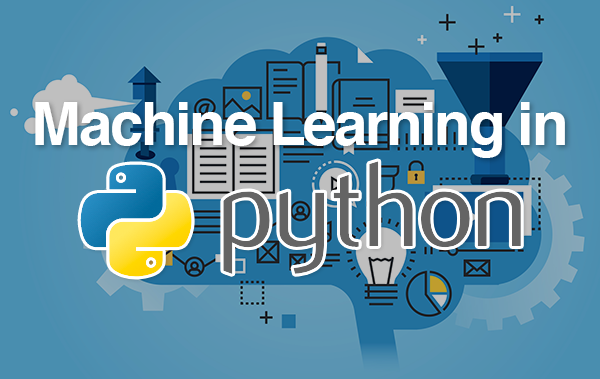
Voting Ensembles are a method of ensemble learning that is used to improve the performance of multiple classifiers. Ensemble learning is a method that combines the predictions of multiple models to improve the overall performance. In this essay, we will go over the steps needed to create Voting Ensembles for classification in Python.
The first step is to train multiple classifiers on the dataset that you want to classify. This can be done using different algorithms such as Random Forest, KNN, SVM, etc. Once the classifiers are trained, you can evaluate their performance and select the best performing ones.
Next, you will need to create a Voting Ensemble using the selected classifiers. This can be done using the “VotingClassifier()” function in the Scikit-learn library. This function takes the classifiers as input and returns a Voting Ensemble of classifiers.
The “VotingClassifier()” function also allows you to specify the type of voting to be used. The two main types of voting are hard voting and soft voting. In hard voting, the ensemble makes a prediction based on the majority vote of the classifiers. In soft voting, the ensemble makes a prediction based on the average probability of the classifiers.
It’s important to note that Voting Ensembles improve the performance of classifiers by combining the predictions of multiple models. They are particularly useful when the classifiers have different strengths and weaknesses and are able to handle different types of data.
Another important aspect to consider is that Voting Ensembles can be used to tune various parameters such as the type of voting, the number of classifiers in the ensemble, and the weight of each classifier. These parameters can have a significant impact on the performance of the ensemble, and finding the optimal values can take some trial and error.
In conclusion, Voting Ensembles are a method of ensemble learning that is used to improve the performance of multiple classifiers in Python. The process involves training multiple classifiers on the dataset, selecting the best performing ones, and creating a Voting Ensemble using the “VotingClassifier()” function. Voting Ensembles improve the performance of classifiers by combining the predictions of multiple models. They are particularly useful when the classifiers have different strengths and weaknesses and are able to handle different types of data. Additionally, Voting Ensembles can be used to tune various parameters such as the type of voting, the number of classifiers in the ensemble, and the weight of each classifier. This can be useful to improve the performance of the ensemble.
In this Applied Machine Learning & Data Science Recipe (Jupyter Notebook), the reader will find the practical use of applied machine learning and data science in Python programming: Voting Ensembles for Classification.
What should I learn from this recipe?
You will learn:
- Voting Ensembles for Classification.
Voting Ensembles for Classification:
Disclaimer: The information and code presented within this recipe/tutorial is only for educational and coaching purposes for beginners and developers. Anyone can practice and apply the recipe/tutorial presented here, but the reader is taking full responsibility for his/her actions. The author (content curator) of this recipe (code / program) has made every effort to ensure the accuracy of the information was correct at time of publication. The author (content curator) does not assume and hereby disclaims any liability to any party for any loss, damage, or disruption caused by errors or omissions, whether such errors or omissions result from accident, negligence, or any other cause. The information presented here could also be found in public knowledge domains.
Learn by Coding: v-Tutorials on Applied Machine Learning and Data Science for Beginners
Latest end-to-end Learn by Coding Projects (Jupyter Notebooks) in Python and R:
Applied Statistics with R for Beginners and Business Professionals
Data Science and Machine Learning Projects in Python: Tabular Data Analytics
Data Science and Machine Learning Projects in R: Tabular Data Analytics
Python Machine Learning & Data Science Recipes: Learn by Coding